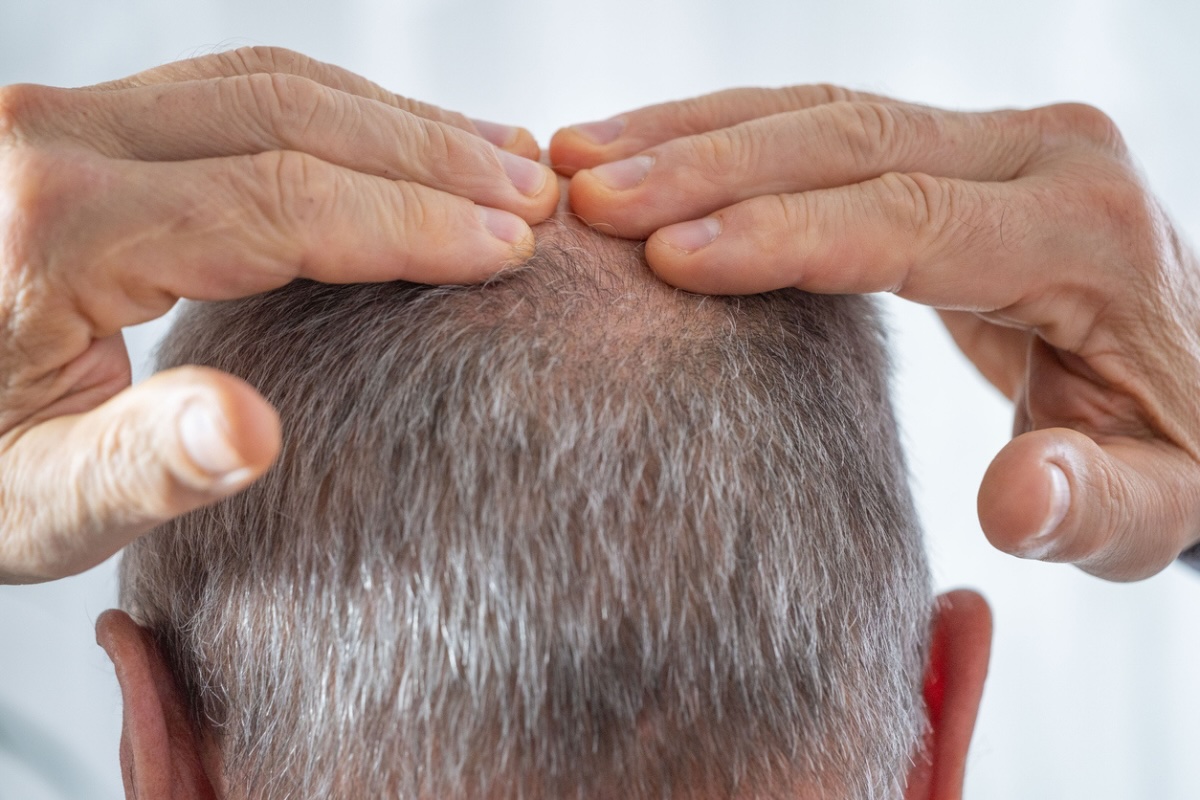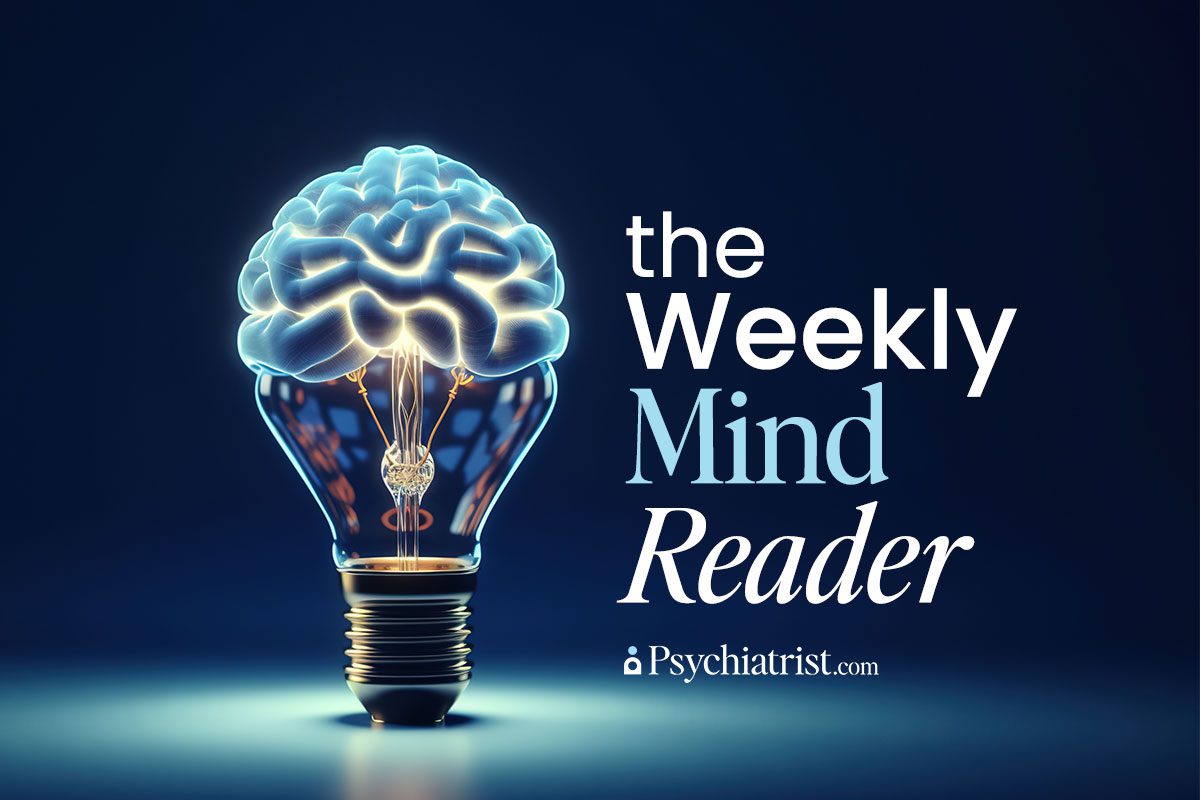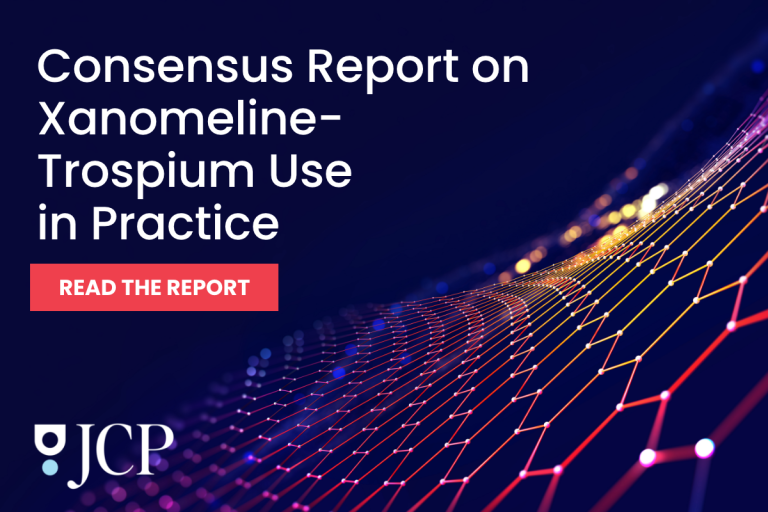A comprehensive new analysis just published in JAMA Network Open reveals that energy insecurity isn’t just an economic issue. It’s a mental health one.
Researchers from the Georgia Institute of Technology and Case Western Reserve University discovered that adults facing energy insecurity were more than twice as likely to report symptoms of anxiety and depression as those who weren’t.
A Growing Public Health Concern
But there’s more to energy insecurity than unpaid utility bills. It also includes keeping homes at unsafe or unhealthy temperatures. It means forgoing basic essentials, such as food or medicine to keep the lights on.
As climate change drives up temperatures — and utility bills — it’s only getting worse, especially for lower-income households. More than 40% of U.S. adults, representing about 81 million people, reported at least one form of energy insecurity at some point in the past year.
The study analyzed nearly 1.14 million responses from the U.S. Census Bureau’s Household Pulse Survey, collected between December 2022 and September 2024. Participants answered questions about household finances, energy use, and recent symptoms of anxiety or depression, measured through the PHQ-2 and GAD-2 screening tools.
- 22% of the adults surveyed admitted that they were unable to pay a full energy bill.
- 22% also kept their homes at unsafe temperatures as a way to save money.
- More than a third – 34% – cut back on food, medicine, or other necessities to cover energy costs.
After adjusting for demographics, the study’s authors found that energy-insecure adults lived with 2.29 times greater odds of anxiety and 2.31 times greater odds of depression compared to their energy-secure counterparts. And even after accounting for related hardships (such as food insecurity and housing instability), energy insecurity remained a reliable harbinger of poor mental health.
An Emotional Toll
The authors suggest that financial strain, physical discomfort, and the uncomfortable trade-offs of choosing between heating, eating, or filling necessary prescriptions fuel chronic stress that can chip away at one’s mental well-being. Living in a cold or overheated home can trigger both physical distress and emotional anxiety. And while financial assistance programs like the Low Income Home Energy Assistance Program (LIHEAP) offer relief – at least for now – they often prioritize households with physical health risks, leaving behind those with less-visible psychological distress.
The researchers also note that the mental health consequences of energy insecurity might mirror (if not amplify) those of other basic-need vulnerabilities.
Policy Implications
Despite its prevalence, energy insecurity as a metric doesn’t appear in most national health databases. Federal surveys – such as the American Community Survey and American Housing Survey – report household energy costs. But they fail to track whether families must sacrifice food, medicine, or comfort to pay those utility bills.
As a result, the research team calls for more systematic tracking of energy insecurity alongside other social determinants of health. They also argue for better integration of screening protocols into clinical practices.
They also advise expanding energy assistance, weatherization programs, and utility shutoff protections, especially as climate pressures and inflation make household energy less affordable.
“Policymakers should consider energy insecurity alongside food and housing insecurity when designing mental health and social support programs,” the authors wrote.
As household energy demands rise and the nation’s economic inequality gap widens, the study underscores a sobering point. When the lights flicker off, a family’s mental health prospects might fade along with them.
Further Reading
How Anxiety and Apathy Steer Our Decisions
New Study Confirms Causal Link Between Poverty and Mental Illness


